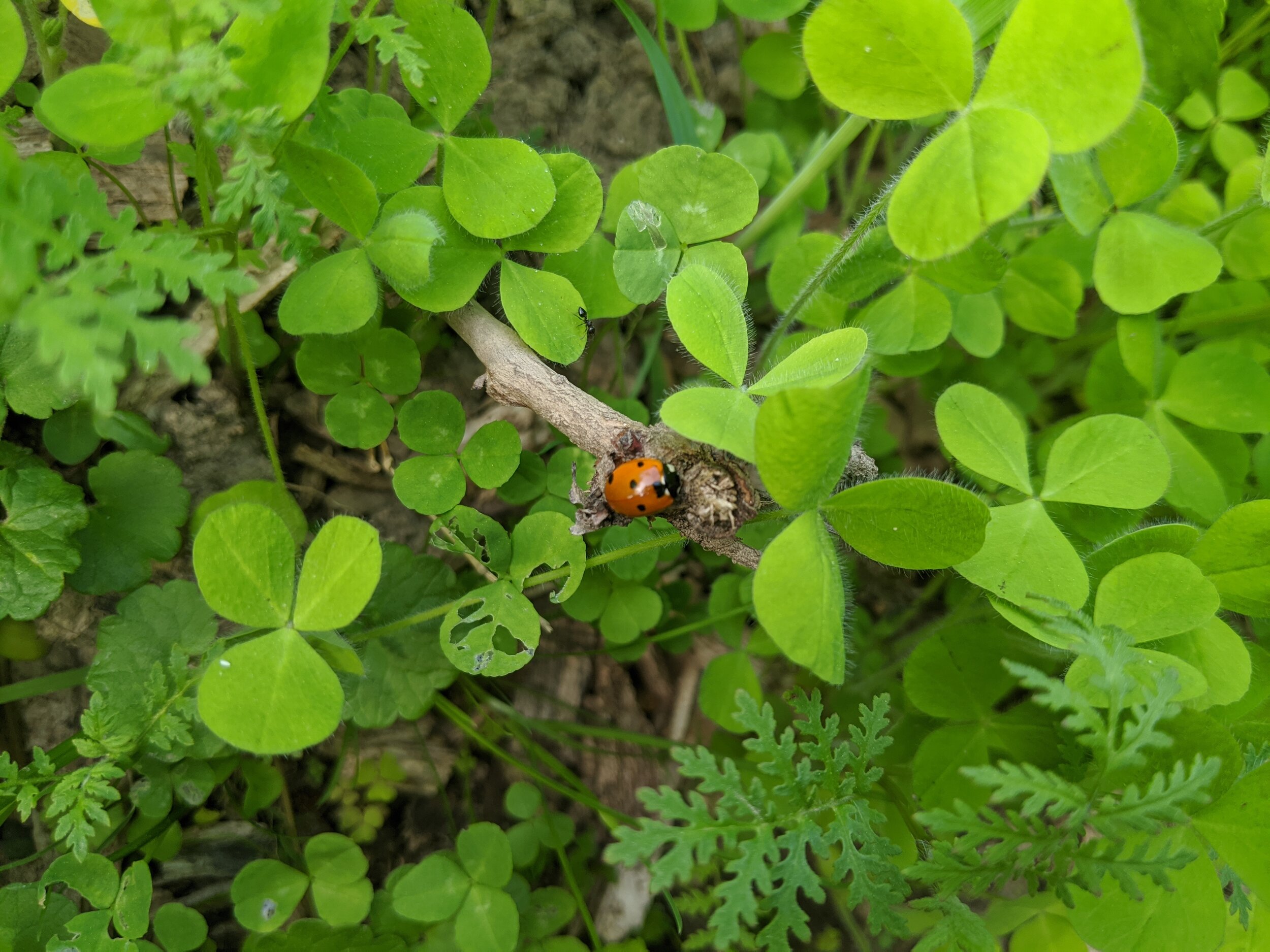
At its core, permaculture is a "System of Systems" approach to agriculture.
Permaculture designers try to create self-sustaining agricultural ecosystems using natural patterns and features for inspiration.
Nature can do some amazing things... it's had a long time to practice. One of the things that nature has done best is design ecosystems with interlocking functions and feedback loops that are so complex we still don't understand many of them. By trying to emulate natural systems, permaculture tries to maximize productivity and self-sufficiency while minimizing the inputs (including time!) involved.
These images show one of my favorite "Before/After" examples in permaculture, the Loess Penninsula in China (1995 vs 2009). The Permaculture Research Institute has a series of examples of "Greening the Desert" projects that are amazing.
Images from the Permaculture Research Institute.
Permaculture designers try to create self-sustaining agricultural ecosystems using natural patterns and features for inspiration.
The name "Permaculture" originally comes from "Permanent Agriculture" because permaculture tends to use perennials where possible in its design and the goal is to promote self-sustaining systems. Although they can take some time to get established, perennials give multiple harvests for one planting and they tend to require less fertilizer and water.
As a chemist, I've seen people write their entire PhD thesis on making a single natural product in a laboratory. Nature can do some amazing things... it's had a long time to practice. One of the things that nature has done best is design ecosystems with interlocking functions and feedback loops that are so complex we still don't understand many of them.
Permaculture does have "design elements" and "principles" that people apply when they are designing their systems, but the most important principle of permaculture is that nothing works for everyone - you need to spend time looking at the systems in your specific microclimate and figure out how to work with them rather than fight them, even if it seems irritating at the time. (I'm looking at you, deer.)
In my eternal quest for laziness, permaculture is the ultimate "Lazy Man's Farming" because it centers around creating maximum efficiency and using your resources in ways where they do some of the work instead of you. This can be as simple as planting support plants along your main crops to accumulate soil nutrients and attract pollinators or using ground covers as living mulches to shade out weeds.
Hopefully, we'll soon be able to start our own larger scale permaculture projects and see how we do.
Check back for updates!
Some of my favorite permaculture resources:
Permies. Permaculture and homesteading community with forums, videos, podcasts, articles, and other resources.
The Permaculture Research Institute. The Permaculture Research Institute (PRI) is located on a Permaculture demonstration site in The Channon NSW, and is headed by Geoff & Nadia Lawton. The website has a lot of links, courses, and blog entires that are worth looking at!
Temperate Climate Permaculture. I especially love this page's Plant Index page, but it has a lot of other information about temperature climate permaculture on it as well.
And the Vermiculture?

To find out about that, you’ll have to head over to our very first post in the blog called, “Promote Global Worming!”



